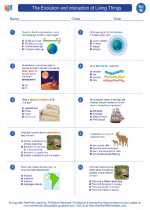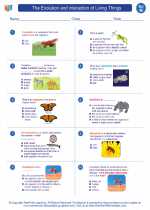Hollow Trees: An Exploration
When we think of trees, we often imagine their solid trunks and branches, but many trees have hollow interiors. Hollow trees are a fascinating natural phenomenon that can provide habitat for various species and serve as important ecological features in forest ecosystems. Let's explore the science behind hollow trees and their significance in the environment.
What Causes Trees to Hollow Out?
Several factors can lead to the formation of hollow spaces within trees. The most common cause is decay. As a tree ages, it becomes susceptible to fungal and bacterial decay, which can gradually hollow out the interior of the trunk. This decay may be initiated by injuries to the tree, such as physical damage or insect infestations. Additionally, natural processes like heartwood formation can also contribute to the hollowing of trees.
Ecological Importance of Hollow Trees
Hollow trees play a crucial role in supporting biodiversity. These natural cavities provide shelter and nesting sites for a wide range of wildlife, including birds, mammals, insects, and fungi. Some species, such as woodpeckers and owls, specifically seek out hollow trees for nesting and roosting. The presence of hollow trees can also influence the diversity and abundance of organisms in forest ecosystems.
Study Guide
- Formation of Hollow Trees: Research and describe the various factors that contribute to the hollowing of trees, including decay processes and natural aging.
- Wildlife Habitats: Investigate the specific species of wildlife that utilize hollow trees for shelter and nesting. Explore the ecological relationships between these species and hollow tree environments.
- Conservation and Management: Discuss the conservation implications of hollow trees in forest management practices. Consider the potential impacts of removing or preserving hollow trees on ecosystem health.
- Field Observation: Take a nature walk and observe the characteristics of hollow trees in your local environment. Document the types of wildlife activity associated with hollow trees.
- Human Cultural Connections: Explore the historical and cultural significance of hollow trees in human societies. Investigate folklore, mythology, and traditional uses of hollow tree structures.
By delving into the science of hollow trees, we can gain a deeper appreciation for the intricate relationships between trees, wildlife, and the environment.
.◂Science Worksheets and Study Guides Eighth Grade. The Evolution and interaction of Living Things

 Worksheet/Answer key
Worksheet/Answer key
 Worksheet/Answer key
Worksheet/Answer key
 Worksheet/Answer key
Worksheet/Answer key
 Vocabulary/Answer key
Vocabulary/Answer key
 Vocabulary/Answer key
Vocabulary/Answer key
